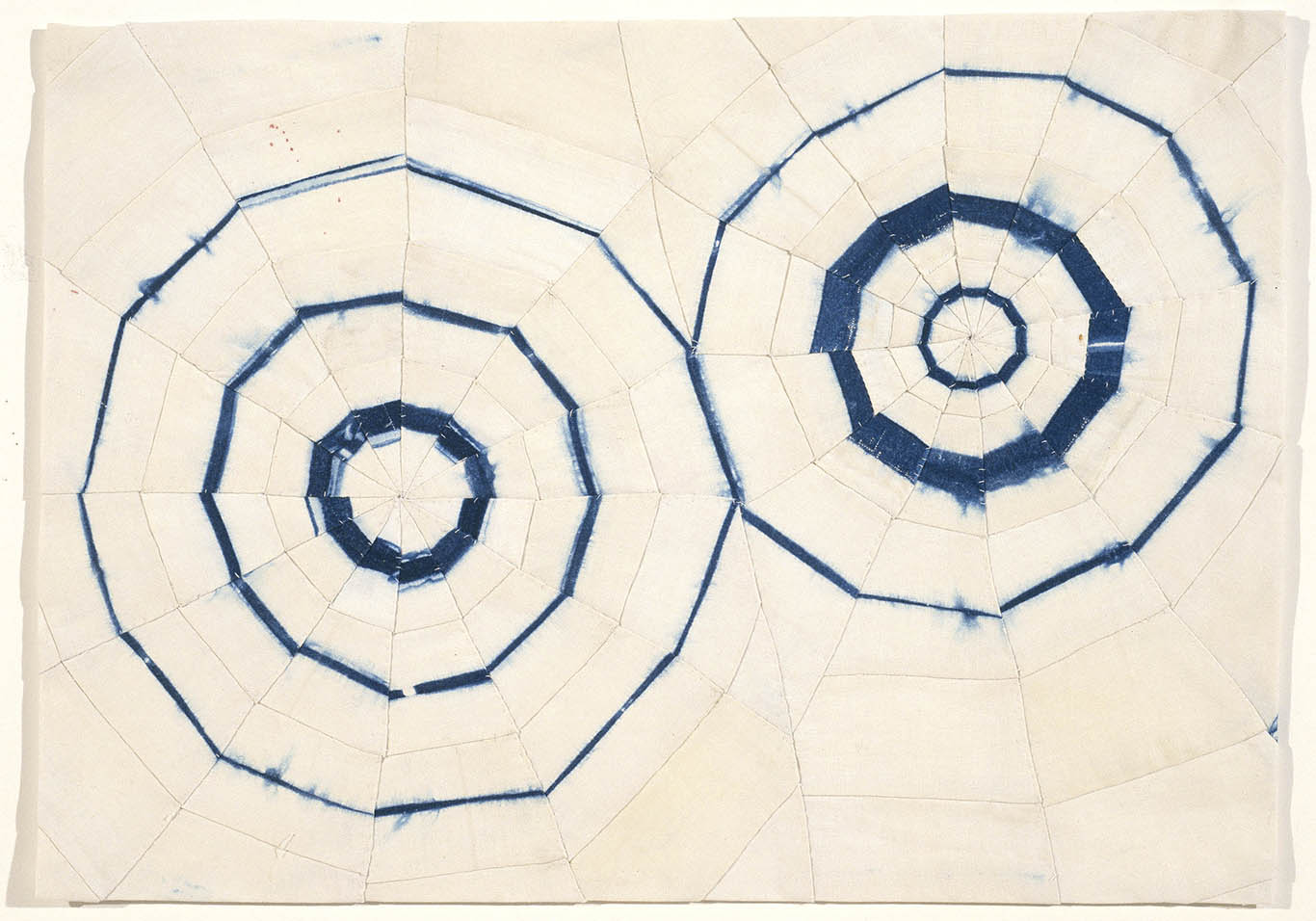The curator of Louise Bourgeois: The Fabric Works speaks with ArtReview about bringing the artist’s abstract visual diary to light
ArtReview This is the last exhibition of the artist’s work that Bourgeois was actively involved in. Can you describe the curating process, and what it was like working with her on the show?
Germano Celant As a curator and historian of contemporary art I always pose myself the problem of making a new contribution to the interpretation of a period or an artist, so that the exhibition and its related publication add something to research. In Bourgeois’s case, we discussed with Louise and her assistant Jerry Gorovoy what part of her work was ‘unknown’, in the sense of not having been examined or presented on other occasions or in other studies. And so her ‘fabric drawings’ became the theme of the exhibition in Venice [where Fabric Works was on view over the summer, before travelling to London in October], surprising everyone with their freshness and intensity.
AR What were her, and your, aims for the exhibition?
GC The interaction between people creates a meld of energies that finds expression first in a project and then in an event. The components are different, ranging from the works of art produced and selected with Bourgeois, to the venue, the Magazzino del Sale in Venice, redesigned by Renzo Piano, or Hauser & Wirth’s new exhibition space in London. These two elements have to find a ‘striking’ and communicative balance, one that enhances the effect of the work on the plane of the exhibition as well as that of the catalogue. In this sense, in the great cavity of the sixteenth-century venetian structure, we worked on strengthening in parallel the sculptures and showcases on the one hand, and the imposing gallery of a hundred fabric drawings on the other.
AR Bourgeois grew up surrounded by fabric in her family’s tapestry restoration workshop, and the fabrics she used in these artworks often came from her own or her family’s clothing: it clearly had autobiographical resonance for her. What do you feel were her aims – both for herself and for her audience – in working with this material?
GC The force of memory and of the suffering that she went through in her adolescence have been a stimulus to her creativity. In the fabric drawings she carried out a sublimation, where the pieces of clothing and fabric are transformed, turning into an almost ‘abstract’ language, where the human traces of their use are present but everything is translated into images that speak of the course of her life, all the way up to its approaching end.
AR Why do you think that Bourgeois turned to abstraction in making the fabric drawings, when her work had previously been predominantly figurative?
GC At the end of an adventure of life and research, an artist tends to play down the tragic nature of his or her contribution. This translates into a vision of the absolute and the void, and one that is always connected with a ‘metaphysical’ condition. In Bourgeois this always remains sensual and tactile, but takes a less figural and narrative form. The account tends to dissolve into an iconography made up of simple and geometric shapes, even though in many of the fabric drawings the terrifying image of the spider returns in the form of a centrifugal expansion, and thus an osmosis between nightmare and nirvana.
AR Much of this work has remained unseen and unknown until this show: why was it not exhibited before?
GC The history of art is filled with ‘discoveries’ of unknown periods in an artist’s work. In the case of Louise Bourgeois, the fabric drawings can be taken as a visual diary of the last ten years of her life: something intimate and personal, but at the same time a ‘shroud’ of the last stage of her existence and her feelings.
Louise Bourgeois: The Fabric works is on view at Hauser & Wirth, London, through 18 December 2010
